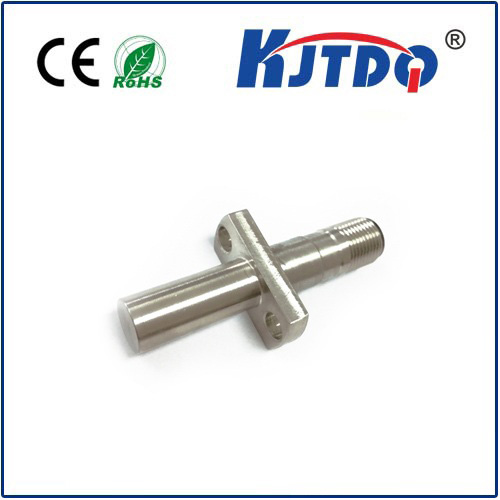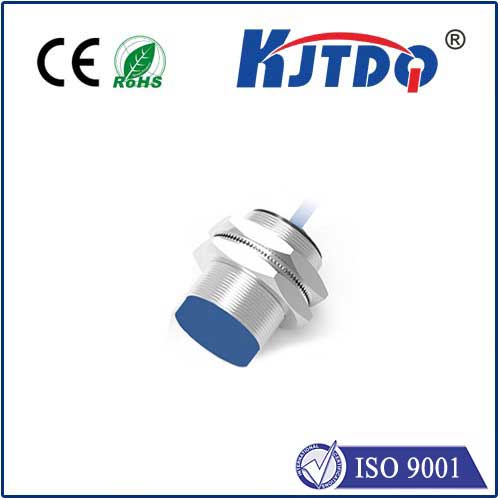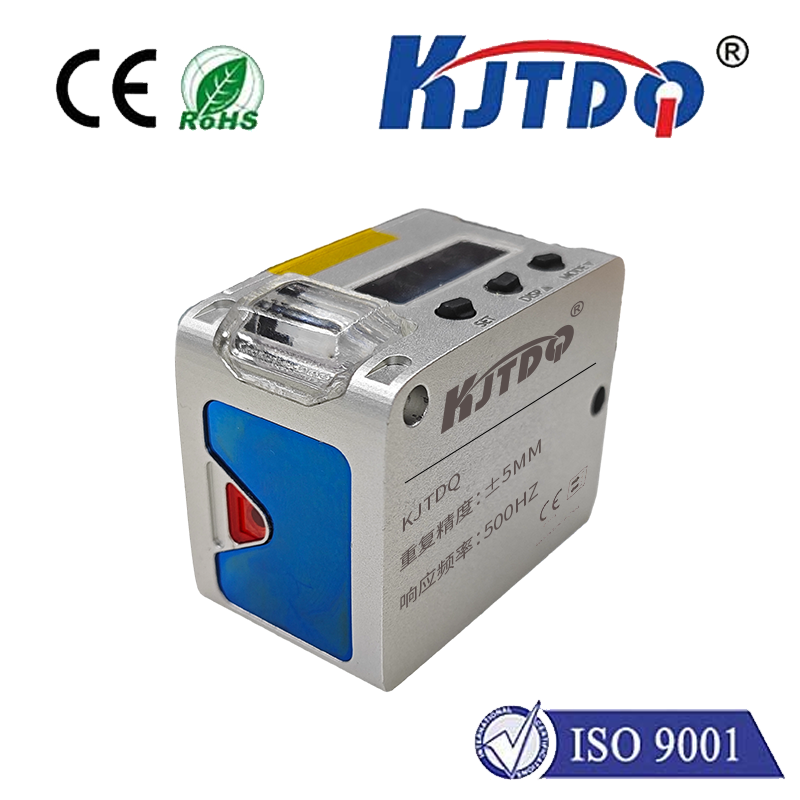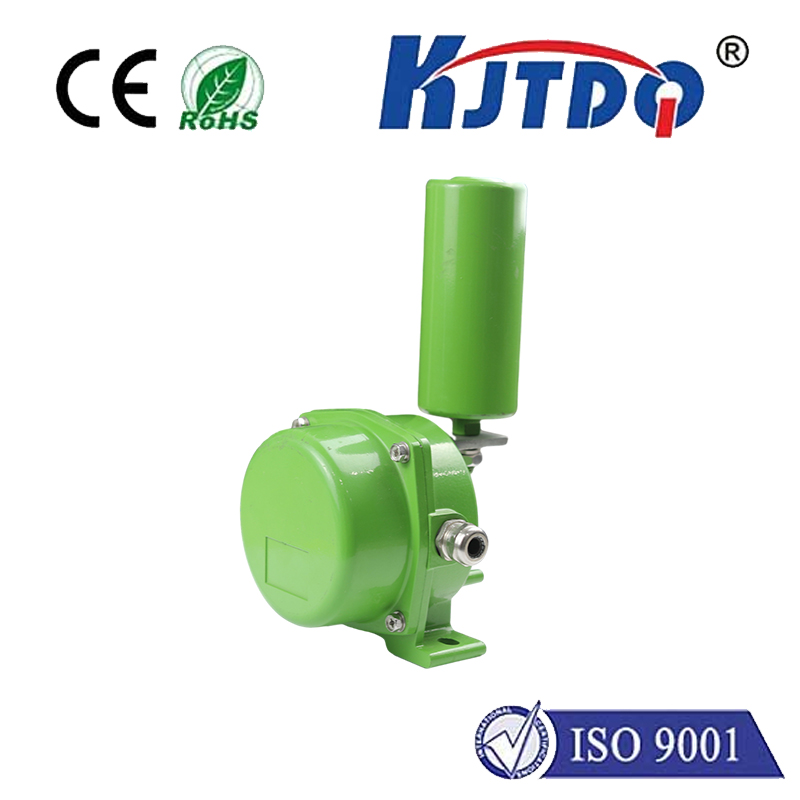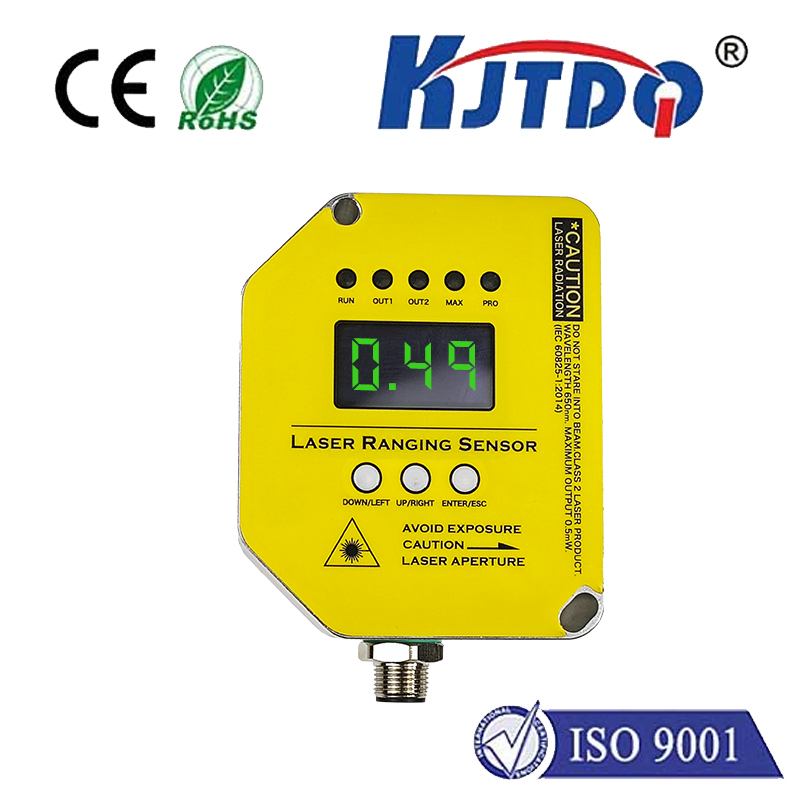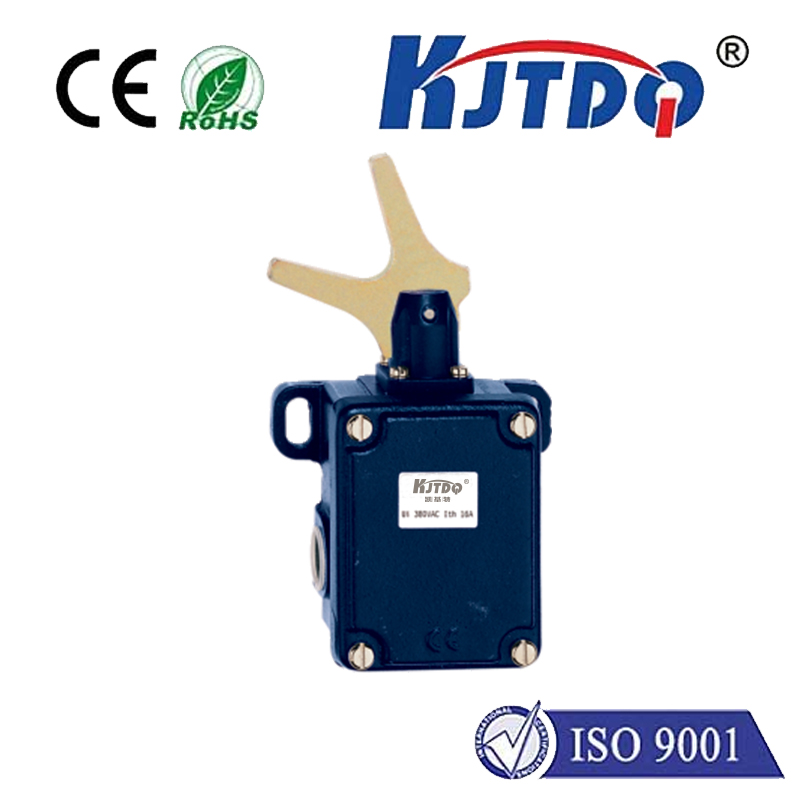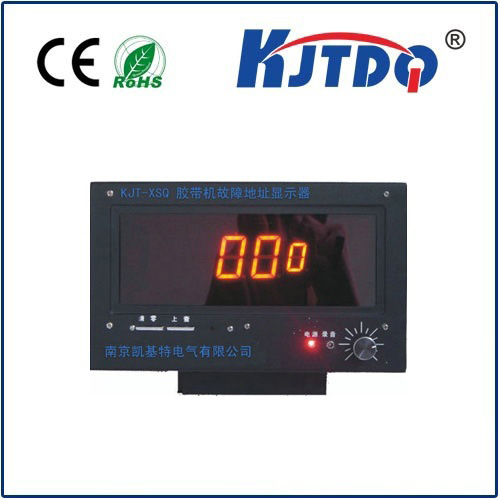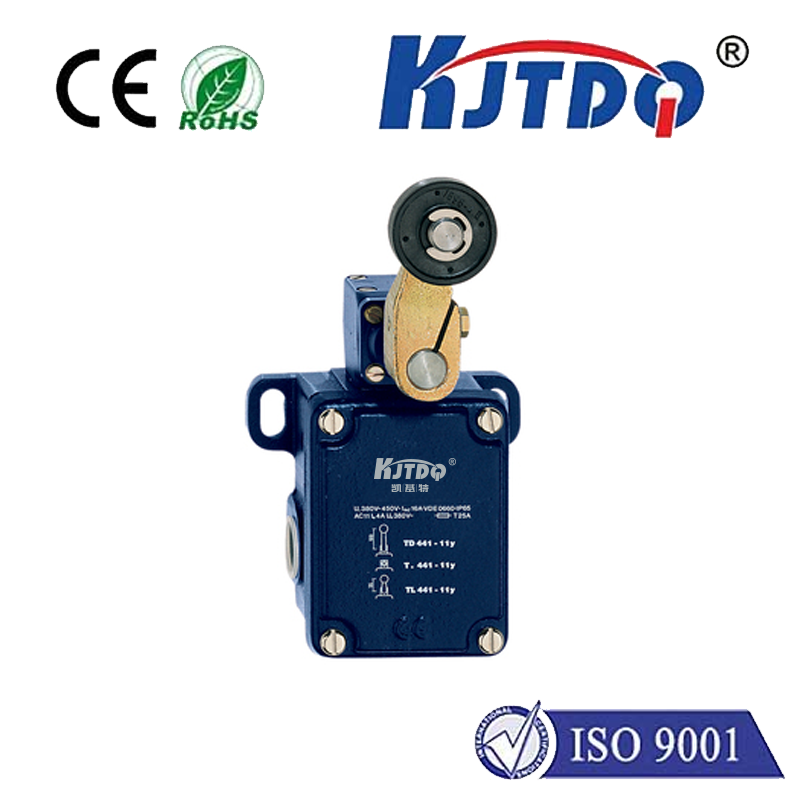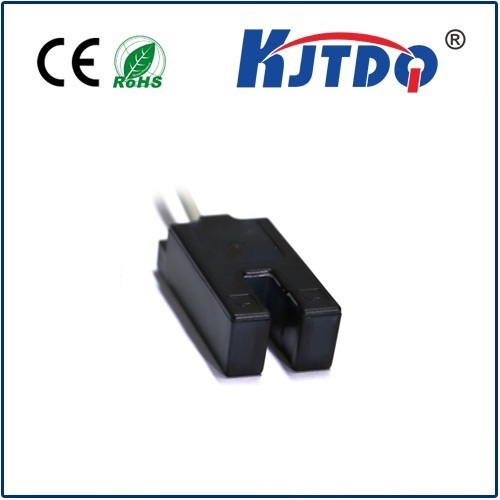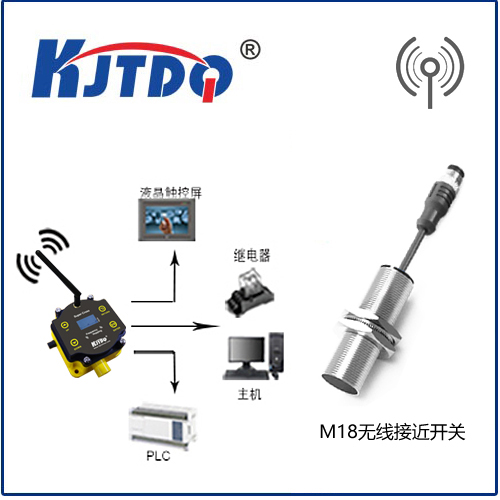

check

check

check

check

check

check

check

check

check

check

Title: Understanding the Efficiency of PNP Proximity Switches in Modern Industries In the rapidly evolving landscape of industrial automation, the importance of precise and reliable sensing technologies cannot be overstated. A key player in this arena is the PNP proximity switch, a device that has become integral to various industries for its ability to detect the presence of metal objects without physical contact. This article delves into the functionality, applications, and benefits of PNP proximity switches, shedding light on why they are a preferred choice in modern industrial settings. The Functionality of PNP Proximity Switches At its core, a PNP proximity switch utilizes electromagnetic fields to sense metallic objects. Unlike mechanical switches that require direct contact, proximity switches offer non-contact detection, which significantly enhances their longevity and reduces maintenance needs. The ‘PNP’ in PNP proximity switch stands for ‘Positive-NO’, indicating the type of output the switch provides. When an object comes within the sensor’s range, it completes the circuit, allowing current to flow, thus triggering an output signal. Key Features and Mechanisms One of the standout features of PNP proximity switches is their versatility in terms of detection range and target material. They can detect ferrous and non-ferrous metals, making them suitable for a wide array of applications. Additionally, these switches come equipped with various output options, such as NPN, NAMUR, and AC/DC variations, ensuring compatibility with diverse control systems. Another critical aspect of PNP switches is their resilience against environmental factors like dust, moisture, and other contaminants, which is made possible through robust enclosure designs that meet IP ratings specification. This durability is crucial for maintaining consistent performance in harsh industrial environments. Applications Across Industries The applicability of PNP proximity switches spans across multiple sectors, including automotive manufacturing, food processing, packaging, and more. In automotive production lines, for example, these switches are instrumental in automating the assembly process, where precision and speed are paramount. They ensure components are correctly positioned before welding or bonding operations, thereby maintaining high-quality standards. In the food processing industry, hygiene is of utmost importance. Here, PNP proximity switches play a vital role by enabling contactless level measurement in tanks or silos, reducing the risk of contamination and ensuring compliance with stringent health regulations. Similarly, in packaging, these switches help in counting items or monitoring fill levels, contributing to efficient operation and quality control. Advantages Over Traditional Switches Compared to traditional limit switches, PNP proximity switches offer several advantages. Firstly, they eliminate the need for physical contact, which minimizes wear and tear on both the switch and the target object. Furthermore, they provide faster response times, enhancing overall system efficiency. Their ability to operate reliably in extreme temperatures and under adverse environmental conditions also adds to their appeal. Conclusion In conclusion, PNP proximity switches have proven themselves as indispensable tools in the modern industrial ecosystem. Their ability to provide accurate, contactless metal detection combined with their durability and adaptability makes them suitable for a myriad of applications across different industries. As industrial automation continues to advance, the role of PNP proximity switches is poised to expand further, driving innovation and improving operational efficiencies worldwide.
